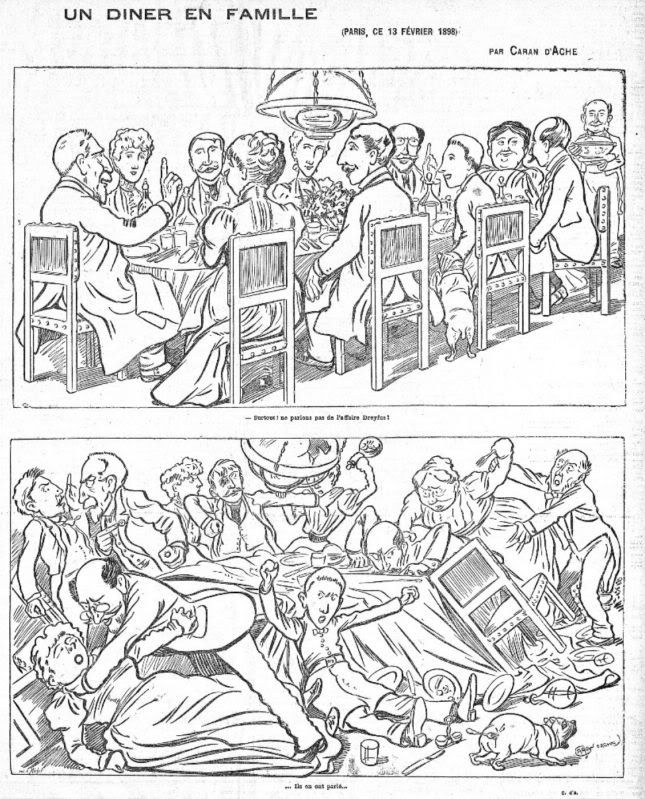The Senne used, indeed, to flow through the centre of Brussels and was navigable at least as far as St-Géry, which was actually an island in the river. Bringing boats into the city can’t have been much fun, though, because the Senne was also Brussels’ sewer. In fact it was so ghastly that Brussels’ mayor between 1863-1879, Jules Anspach, conceived the idea of covering it over and building on top of it the grand boulevards which cross the city.
In the 1930s, the underground river was diverted to follow mpre or less the course of the ‘petite ceinture’ between Midi and Yser and the old tunnels through the centre used as the basis for the 1976 cross-town pre-Metro through Bourse and De Brouckere.
Consequently, there are only two places within the Brussels city limits where you can see the Senne. One short section is in the Poxcat area of Anderlecht and the other is the last 500m or so of the river before it exits Brussels and enters Vilvoorde.
The ‘eaux us
 ées’, as they are euphemistically described, no longer enter directly into the Senne, but pass through treatment plants, one at either edge of the city. The photo was taken from the bridge on the chaussée de Buda and just behind me is the huge northern plant, which I had the opportunity to visit a couple of weeks.ago Despite being much cleaner since the plants opened, the river is still ‘biologically dead’, which makes you wonder what the ducks and seagulls are looking for…
ées’, as they are euphemistically described, no longer enter directly into the Senne, but pass through treatment plants, one at either edge of the city. The photo was taken from the bridge on the chaussée de Buda and just behind me is the huge northern plant, which I had the opportunity to visit a couple of weeks.ago Despite being much cleaner since the plants opened, the river is still ‘biologically dead’, which makes you wonder what the ducks and seagulls are looking for…



